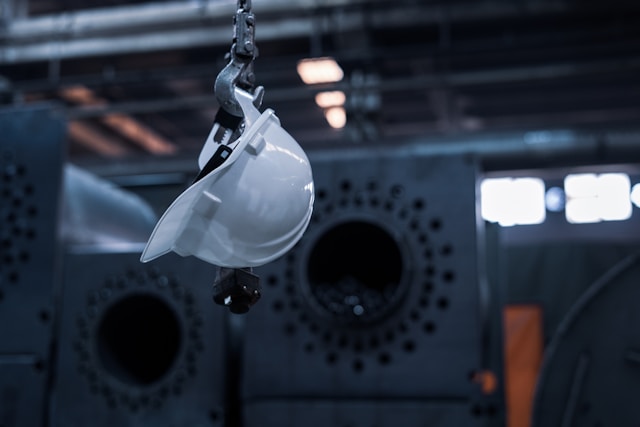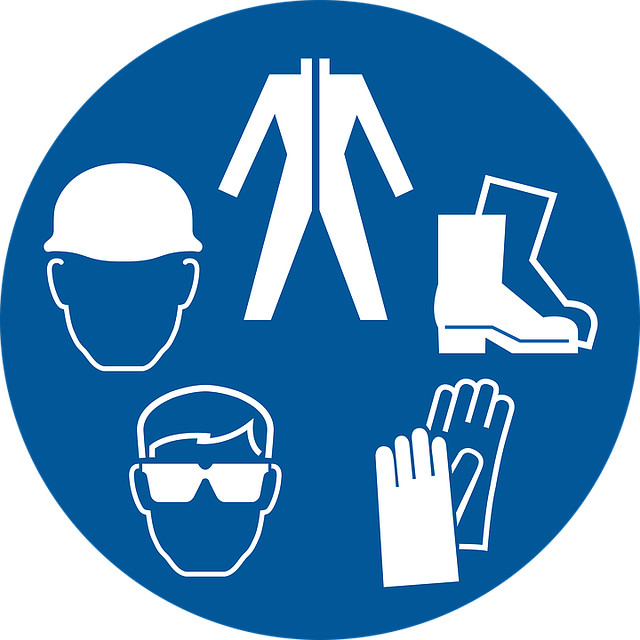Industrial Safety Starts at the Top: Why Leadership Commitment Is Key to Compliance

Workplace safety isn’t just a checklist or a set of procedures—it’s a mindset that starts with those in charge. Leadership commitment to industrial safety doesn’t just influence policies; it shapes the entire safety culture of an organization.
When company leaders prioritize safety, they send a clear message to employees that their well-being comes first. That attitude trickles down through every department, every role, and every process.
True compliance and lasting safety improvements don’t come from external mandates—they come from internal dedication. The top brass has to walk the talk if they expect teams to follow suit.
1. Setting the Tone: How Leaders Influence Workplace Safety Culture
When leaders take safety seriously, it sets the expectation across the board. Employees look to their supervisors and executives to see how they approach rules, risks, and regulations.
A leader who cuts corners or shrugs off safety concerns creates an environment where people don’t feel responsible for upholding standards. On the other hand, leaders who consistently demonstrate safe behaviors, talk openly about safety concerns, and support training initiatives build trust.
That trust becomes the foundation of a strong safety culture, one where everyone feels responsible and empowered to speak up and take action when something doesn’t look right.
2. From Policy to Practice: Turning Safety Talk into Action
Many companies have detailed safety policies, but they don’t always translate into daily habits. That’s where leadership steps in—not just writing the rules but reinforcing them every day through action. Leaders must align their words with behavior.
When they invest in better equipment, approve safety drills, and listen to feedback from the floor, they show real commitment. This is especially critical when considering safety & compliance considerations that go beyond what’s written in the manual.
Leaders bridge the gap between theory and practice, ensuring that safety protocols aren’t just documents but living, breathing parts of operations.
3. Accountability at the Top: Why Responsibility Matters More Than Titles
Titles don’t create accountability—actions do. In high-performing industrial environments, safety becomes part of leadership performance reviews and KPIs.
When executives and supervisors know they’ll be held accountable for safety outcomes, they prioritize it. They engage with teams, ask the right questions, and follow through on issues brought to their attention.
Holding leaders to the same safety standards as the rest of the team levels the playing field and encourages a more honest dialogue.
Teams respect leaders who own mistakes, share lessons, and actively work to improve systems. That level of accountability drives stronger, more sustainable compliance.
4. Communication Is Everything: Talking Openly About Safety Risks
If employees don’t feel safe raising safety concerns, you’ve already lost the battle. Leaders must actively create channels for open, judgment-free communication.
It’s not just about holding meetings—it’s about how those meetings feel. Can employees speak up without fear of blame? Do managers follow up with meaningful action?
Strong safety communication includes both the day-to-day reminders and the deeper conversations. When leaders take time to walk the floor, ask questions, and actually listen, they uncover problems before they escalate.
That approach fosters trust, improves morale, and ensures that small issues don’t spiral into major incidents.
5. Leading by Example: Daily Habits That Build Safer Workplaces
The most effective leaders don’t just promote safety—they live it. Whether it’s wearing proper gear, participating in training, or showing up for safety briefings, small habits make a big impact.
Employees take notice when supervisors skip steps or ignore warnings. They also notice when leaders consistently do the right thing. That consistency creates a ripple effect. Safety becomes second nature, part of the culture rather than a chore. Over time, this commitment shapes behaviors across teams.
Leaders who show up prepared, focused, and safety-minded every day help build a workforce that takes pride in protecting themselves and each other.
6. Investing in Training: Building Skills That Reinforce Safety Culture
Training goes far beyond onboarding or compliance checklists. It’s the cornerstone of a resilient safety culture, and leaders must invest in it consistently.
When executives allocate resources for hands-on, role-specific safety training, they reinforce the message that safety isn’t optional—it’s essential. Well-trained employees not only follow protocols better, they also identify risks early and know how to respond when things go wrong.
Leaders must also participate in or observe training sessions to show genuine interest. That visibility demonstrates to the team that training isn’t just another formality—it’s a vital part of every employee’s skill set and daily routine.
7. Prioritizing Proactive Safety Measures Over Reactive Fixes
Reactive safety approaches deal with problems after they’ve occurred. Proactive leaders prevent those problems in the first place. Forward-thinking leadership doesn’t wait for an incident report to trigger change.
Instead, they analyze trends, conduct regular risk assessments, and ask, “What could go wrong, and how do we stop it before it happens?”
This kind of mindset transforms how teams approach their work. Rather than simply avoiding blame, employees become invested in preventing harm. Leaders who encourage proactive thinking—through incentives, recognition, and support—create environments where innovation and safety go hand-in-hand, driving better outcomes across the board.
8. Encouraging Employee Involvement in Safety Decisions
Top-down safety programs often fall short when they don’t include the insights of those doing the work. Leaders must create opportunities for employees to actively participate in safety planning, evaluations, and updates.
Whether it’s through safety committees, suggestion boxes, or informal discussions, giving workers a voice leads to smarter, more practical solutions. Leaders who act on employee feedback send a powerful message: your experience matters.
Involving frontline workers not only uncovers real issues but also builds a shared sense of ownership. When employees feel heard and respected, they commit more fully to maintaining safe, compliant operations every day.
Leadership shapes every aspect of industrial safety. From communication and accountability to training and recognition, the tone set at the top ripples throughout the entire organization. Safety becomes part of daily habits only when leaders model, support, and prioritize it with consistent action.
By treating safety as a shared responsibility and embedding it into the company’s values, leaders move beyond compliance—they create a culture where safety thrives.
Strong leadership doesn’t just follow regulations; it leads with purpose, ensuring every person goes home safe, every single day. That’s the true mark of a successful, safety-driven workplace.






